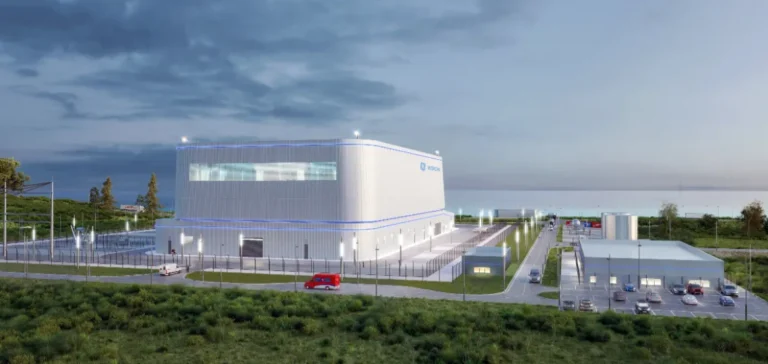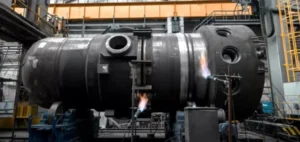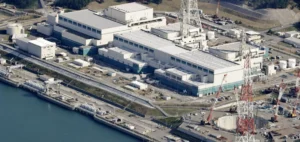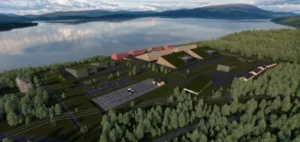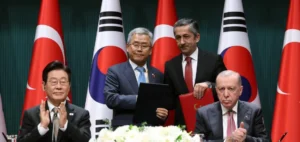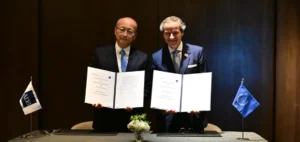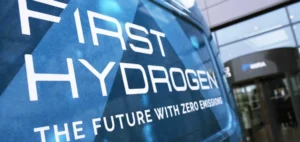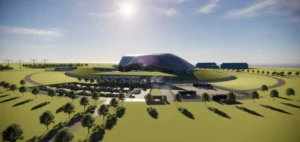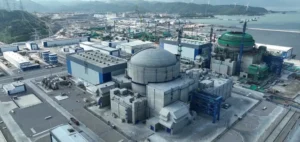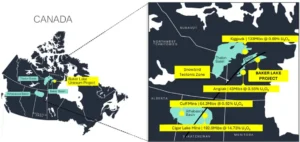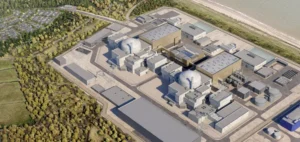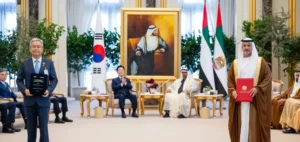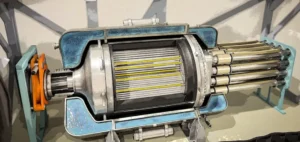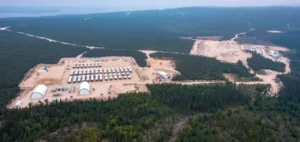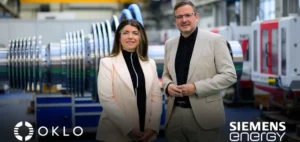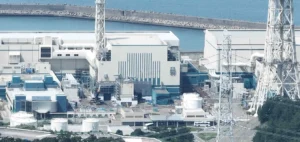Bulgaria’s Minister of Energy, Zhecho Stankov, announced the forthcoming opening of talks with companies specialised in small modular reactors (Small Modular Reactors – SMR), following the signing of a memorandum of understanding with the United States aimed at strengthening bilateral cooperation in the field of civil nuclear energy.
According to Zhecho Stankov, this step is a logical continuation of the commitment made with the United States Secretary of Energy, Chris Wright, during a meeting in New York. The signed document provides for technical and institutional assistance from the United States to conduct prefeasibility studies on potential sites for deployment in Bulgaria.
Technical visit to Canada and US support
On an upcoming trip to Ontario, the minister will visit the site where Canada’s first four SMRs are under construction. The mission aims to observe existing operating models before entering talks with developers of this emerging technology.
The memorandum of understanding mentions the mobilisation of United States national laboratories to support Bulgaria in assessing site viability. The United States Trade and Development Agency has said it is prepared to fund these studies to identify the most suitable technological solutions.
Energy stability and industrial attractiveness
Bulgarian authorities view small modular reactors as a lever for long-term energy stability, offering predictable, low-emission electricity production. Minister Stankov also highlighted growing interest from investors operating in data centres and artificial intelligence for this type of infrastructure, considered more flexible than conventional reactors.
Beyond SMRs, Sofia is proceeding with projects for units 7 and 8 at the Kozloduy nuclear power plant, as well as developing energy storage capacity, including pumped-storage hydropower and stationary batteries.
Power corridors and regional cooperation
Bulgarian Prime Minister, Rosen Zhelyazkov, confirmed the government’s support for two competing electricity corridor projects linking Central Asia to Europe. One project envisages a subsea cable in the Black Sea, while the other relies on a land route through Armenia, Georgia and Turkey.
According to statements made after a meeting with Azerbaijani President Ilham Aliyev, these projects could enable the export of 6 to 10 GW of green energy from the Caspian region to the European continent, depending on the involvement of Kazakhstan and Turkmenistan.


